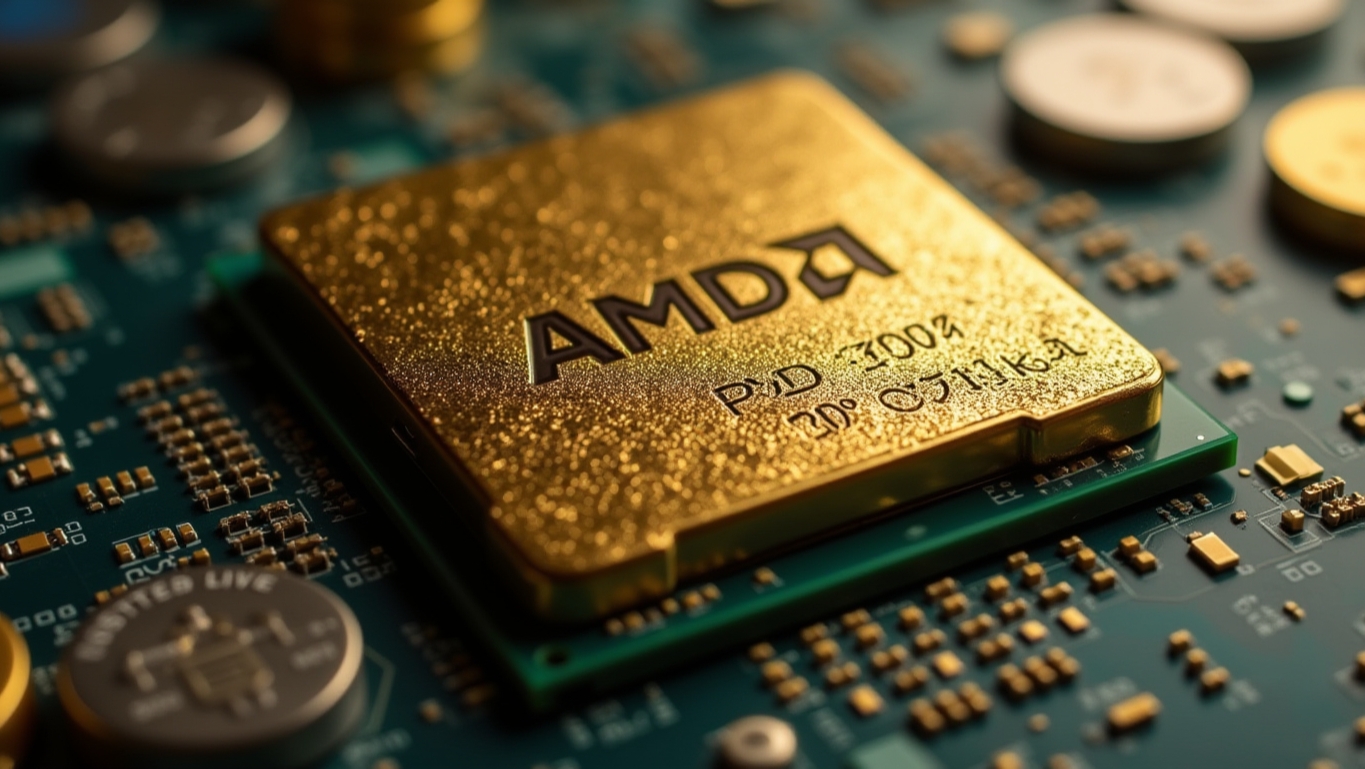AMD achieved a 28.7% market share of the desktop processor market in the third quarter of 2024, the highest in the company’s history. According to Mercury Research, AMD increased its market share by 5.7% quarter-on-quarter and 9.6% year-on-year. So what is the secret of this success?
AMD is on the agenda again: This time with a record share of the desktop processor market!
In fact, the company’s huge success was mainly driven by strong sales of its 3D V-Cache models and the recently launched Ryzen 9000 series processors. AMD’s revenue from desktop processors also saw a big jump, with the company’s desktop processor revenue share rising to 27.3%, up 7.7% year-on-year. These figures suggest that AMD’s high performance-oriented processors are gaining a lot of traction in the market and users are gravitating towards these products.

AMD’s success is not limited to the desktop segment, with notable growth in the mobile and server markets as well. AMD’s share of the mobile processor market increased from 20.3% in the previous quarter to 22.3% in the third quarter. AMD’s revenue share in the mobile processor segment also increased to 19.2%, up from 17.7%.
Innovative products such as the Ryzen AI 300 series APUs have played a major role in this growth. AMD’s AI-powered processors are currently a big hit with users, both in terms of performance and energy efficiency. In the server market, AMD has won a major victory over Intel.
The company’s market share in the server segment increased to 24.2%, while its revenue share reached 33.9%. More impressively, AMD generated $3.549 billion in data center revenues, surpassing Intel’s $3.3 billion. AMD’s success in the data center space gives it a serious competitive advantage over Intel in fast-growing areas such as artificial intelligence and cloud computing.
On Intel’s side, this market share decline is said to be due to inventory adjustments at some customers and they expect a recovery in the last quarter of the year. In short, AMD has become a strong competitor against Intel in the desktop, mobile and server markets, attracting the attention of both individual users and data center customers with its high-performance processors. What do you think about this?













